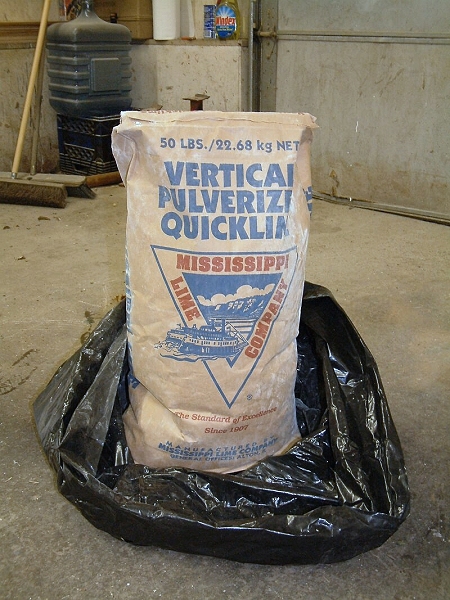I’ve bought a load of Kalkwasser (well, calcium hydroxide). I’ve got an idea that there should be a simple way to check if it’s acceptable to dose to the tank intentionally, as opposed to unintentionally, lol.
Perhaps we could compare bulk supply results.
I imagine an ICP test would give an idea. Can anyone describe a reliable method of obtaining a solution to send away and test? I’m thinking a saturated solution should be ok to have tested? Perhaps dissolving some with Hydrochloric and making a solution from that to include the normally precipitated stuff?
Thanking you muchly.
Perhaps we could compare bulk supply results.
I imagine an ICP test would give an idea. Can anyone describe a reliable method of obtaining a solution to send away and test? I’m thinking a saturated solution should be ok to have tested? Perhaps dissolving some with Hydrochloric and making a solution from that to include the normally precipitated stuff?
Thanking you muchly.
Last edited:
















